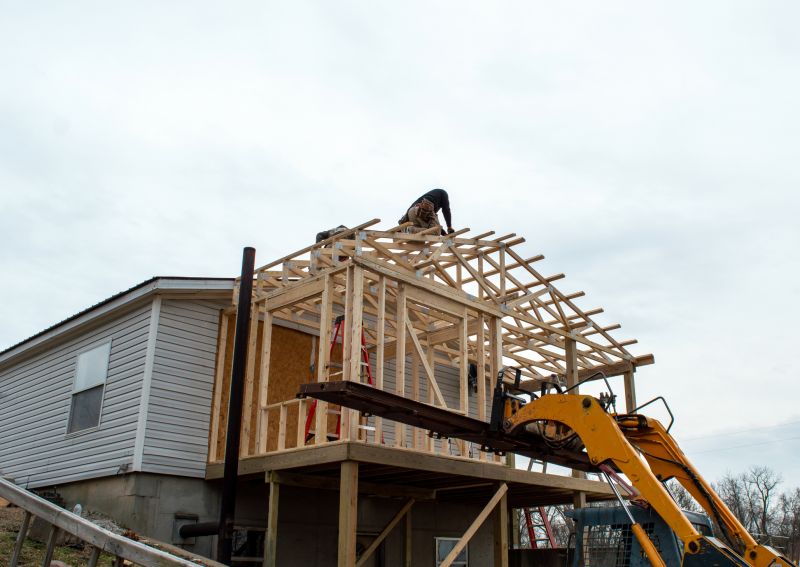Optimal Timing for General Contractor Services
Understanding the optimal timing for engaging a general contractor can influence project outcomes. Factors such as seasonal weather conditions, project scope, and availability of resources play a role in determining the best time to initiate services. Planning ahead ensures that construction progresses smoothly and within desired timelines.
These seasons often provide the most favorable weather conditions for construction, reducing delays caused by rain or snow.
Late fall and winter may offer advantages such as lower costs and increased scheduling flexibility, though weather considerations are important.
Starting when plans and permits are finalized minimizes delays and streamlines the construction process.
Timing projects to coincide with material supply cycles can prevent shortages and reduce costs.

Ways to make General Contractor Service work in tight or awkward layouts.

Popular materials for General Contractor Service and why they hold up over time.

Simple add-ons that improve General Contractor Service without blowing the budget.

High-end options that actually feel worth it for General Contractor Service.

Finishes and colors that play nicely with General Contractor Service.

Little measurements that prevent headaches on General Contractor Service day.
| Season | Ideal Timing Considerations |
|---|---|
| Spring | Optimal weather for outdoor construction; increased daylight hours. |
| Summer | Longer days facilitate faster progress; higher risk of heat-related delays. |
| Fall | Good for projects requiring cooler temperatures; potential for weather disruptions. |
| Winter | Lower demand and costs; weather may cause delays. |
| Off-Season | Flexibility in scheduling; potential cost savings. |
General contractor services encompass a wide range of construction management tasks, including project planning, coordination, and oversight. Effective timing ensures that these services align with project milestones, reducing delays and controlling costs. Proper scheduling can also help mitigate weather-related risks and optimize resource availability.

